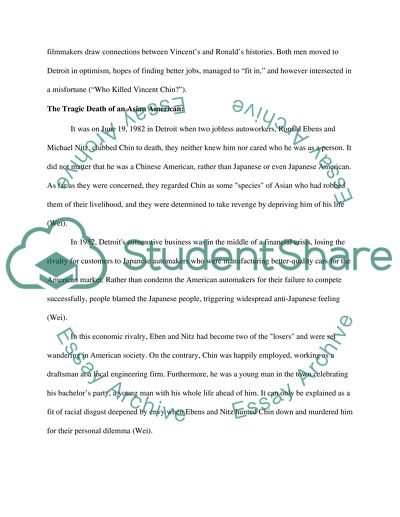Cite this document
(Hate Crime Against Asian Americans Report Example | Topics and Well Written Essays - 2000 words, n.d.)
Hate Crime Against Asian Americans Report Example | Topics and Well Written Essays - 2000 words. https://studentshare.org/social-science/1525737-hate-crimeagainst-asian-americans
Hate Crime Against Asian Americans Report Example | Topics and Well Written Essays - 2000 words. https://studentshare.org/social-science/1525737-hate-crimeagainst-asian-americans
(Hate Crime Against Asian Americans Report Example | Topics and Well Written Essays - 2000 Words)
Hate Crime Against Asian Americans Report Example | Topics and Well Written Essays - 2000 Words. https://studentshare.org/social-science/1525737-hate-crimeagainst-asian-americans.
Hate Crime Against Asian Americans Report Example | Topics and Well Written Essays - 2000 Words. https://studentshare.org/social-science/1525737-hate-crimeagainst-asian-americans.
“Hate Crime Against Asian Americans Report Example | Topics and Well Written Essays - 2000 Words”. https://studentshare.org/social-science/1525737-hate-crimeagainst-asian-americans.


